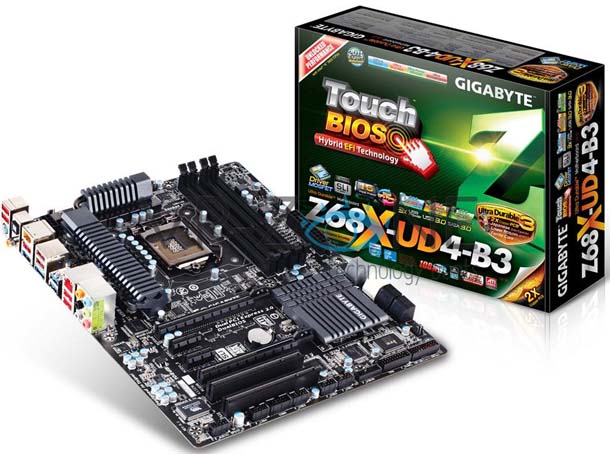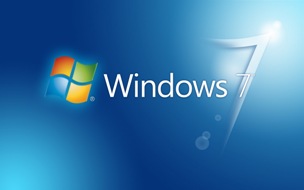ATI Technologies, a subset of Advanced Micro Devices (ATI/AMD) and Nvidia have enjoyed alternating statuses when it comes to their rivalry. Each company has taken turns at one-upping the other with better products and excellent reviews. Lately, ATI/AMD has been outclassed by Nvidia with respects to both the 8000 as well as the 9000 series of graphics cards.Nividia managed to outperform ATI/AMD’s products by delivering superior performance at similar price points as the latter.Reviews and customers rallied behind Nividia as ATI/AMD was forced to take second place in the race of delivering better graphics performance.
Recently, ATI/AMD gained the upper hand again by releasing the cutting edge Radeon HD 4870 and 4850,which delivered better performance levels across the market.the 4830 itself is based on the 4850’s core architecture, with the basic difference between the two being the latter’s higher number of stream processors.The 4830 benefits from the 4850’s popularity by being one of the few cards available in the market to have a 256-bit memory interface instead of being downgraded to 128 bits.the 4830 is also CrossFireX-ready, and supports end-to-end High Definition interface (HDMI) with 7.1 surround sound support.it allows foe hardware accelerated high-definition video using the unified video decoder 2 engine, which allows the CPU to offload all video decoding duties onto the GPU.
Despite the relatively minimal architectural difference between the 4850 and 4830., the latter still produced expectations of high performance.the baseline system used to test the 4830 comprised a 3GHZ Intel Q9650, with 4 GB of DDR3 memory and an ASUS striker 2 Extreme motherboard running the Windows Vista operating system.
3Dmark06 GPU test
The 3Dmark GPU test indicates the 4830’s edge over the equally pricey 9800 GT.Given its synthetic component stressing nature, the benchmark clearly shows theoretical as well as relatively optimized difference between graphics cards.The difference usually fluctuates in real world gaming due to other factors.
Quake Wars:Enemy Territory
This Open Graphics Library (OpenGL) game is perhaps one of the best for indicating each graphics card’s versatility at handling OpenGl titles.Nividia’s historic dominance when it comes to OenGL performance is evident here, albeit at a smaller level. Running Quake Wars at 1280 x 1024 pixels resolution with 4x anti-aliasing and configured for high detail graphics, the 4830 underperformed by six frames per second (fps).
Unreal Tournament 3 (UT3)
UT3 was the first of the directX-powered games tested on the two graphics cards and analyzed under a 1600 x 1200-pixel resolution with high detail setting. The test resulted in title differences between the 4830 and 9800 fps scores – only two fps. The 4830 and 9800 went neck and neck on this one, with the 4850 conclusively surpassing the Nvidia card.
World in Conflict
World in Conflict is a DirectX title that stretches the capabilities of most graphics cards to their limits, especially when played at a high resolution and details with 4x anti aliasing. Even in this graph, the difference between the 4830 and 9800 GT is just two fps. This difference f0llows the general trend seen in the last few benchmarks.
Crysis
Finally, Crisis, played under high graphic details without anti aliasing, brings the graphics cards to their knees, prohibiting any of them from getting too close to the 30fps mark. Having said that, the 9800 GT and 4830 exhibited almost comparable performances in this benchmark, with the 9800 GT leading 4830 by only three fps.
Conclusion
ATI/AMD has really brought in the big guns with the 4830 graphics card. Optimally priced around $100 to $150 at most, it gives the best possible competition to the 9800 GT that any card in the same category can give. With DirectX 10.1 support, the 4830 does have a slight edge on the 9800 GT, which might be the only reason to choose one over the other.


